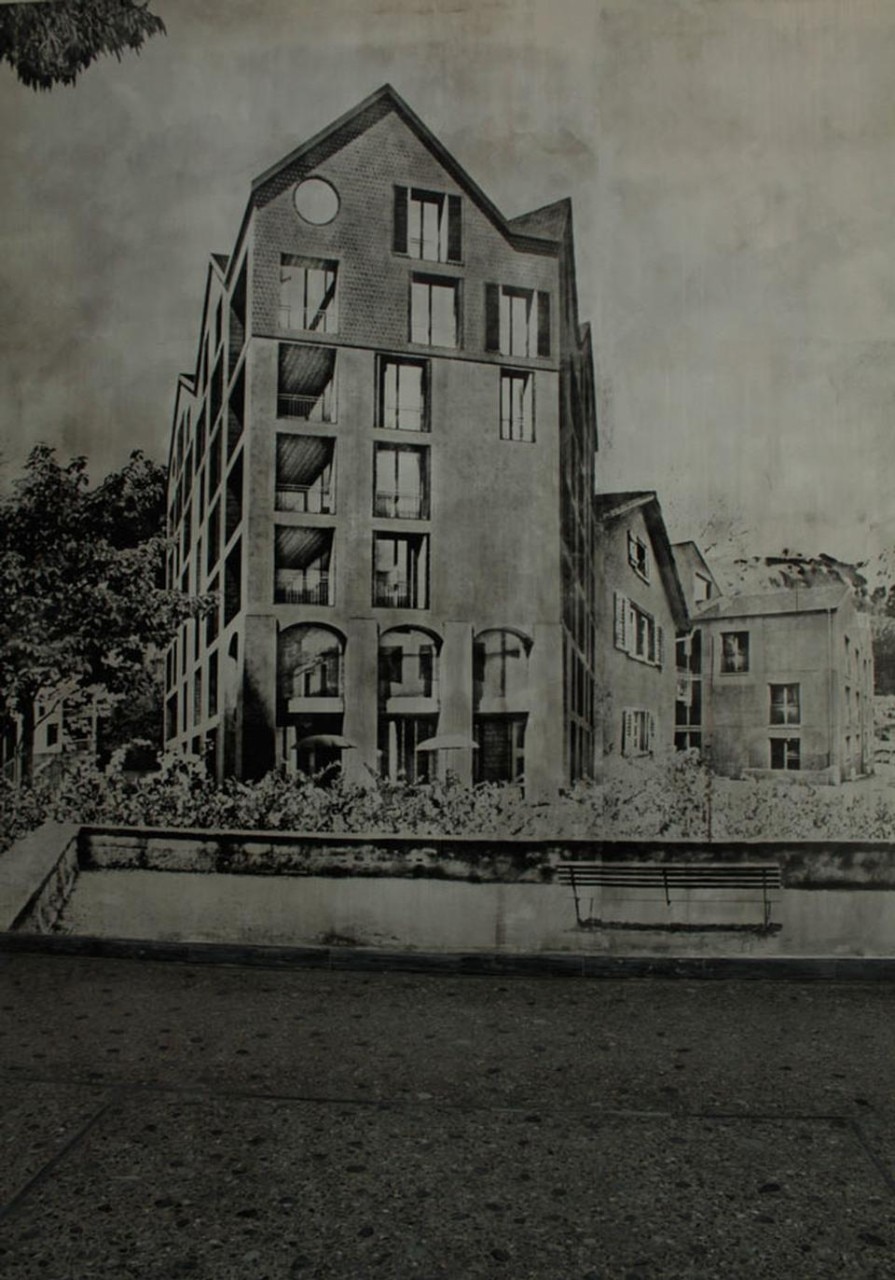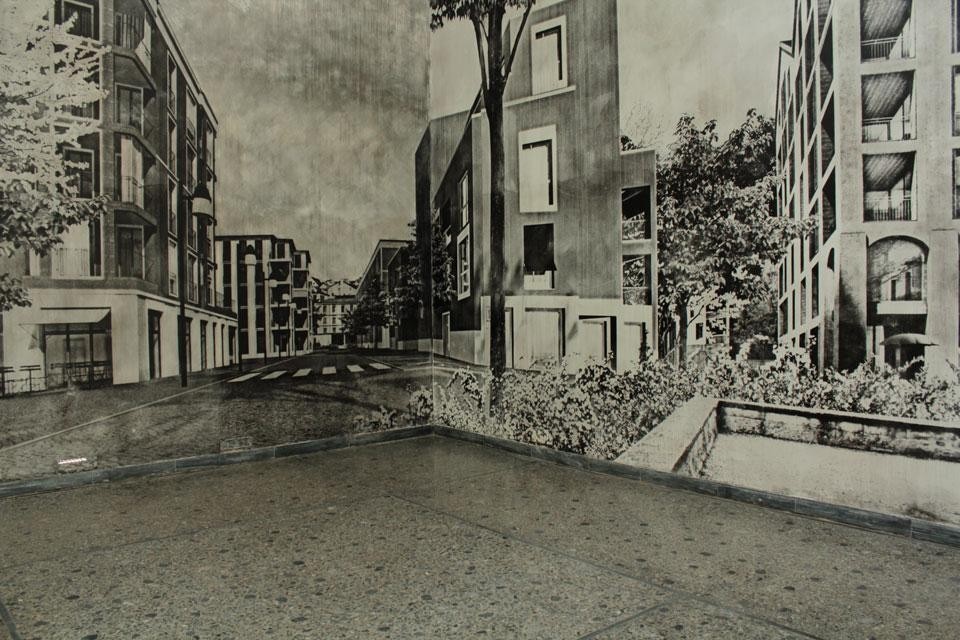In collaboration with the architectural offices of Knapkiewicz & Fickert in Zurich and Miller & Maranta in Basel, Miroslav Šik—an architect of Czech origin and professor at Zurich Polytechnic, as well as the initiator of so-called "Analogue Architecture"—decided to invite colleagues, clients and institutions to design new buildings that form an integral part of an existing landscape. Domus met him at the Giardini in Venice.
Loredana Mascheroni: Which is the focus of your installation And Now the Ensemble!!!, at the Swiss Pavilion?
Miroslav Šik: Our installation has two important themes. The main one is critical: we state that whatever you are constructing or building or designing, your building should fit the surroundings. It is a criticism of starchitecture, of all these beautifully shaped sculptures by star architects...

This is part of the issue. Look at photos of the Guggenheim Bilbao, for example. It is a beautiful museum, but it doesn't work with Bilbao. People going there to visit the museum are not interested in Bilbao. The Guggenheim is like a Reich cathedral. It is like architecture is becoming just like a religion or pure aesthetics. We defend architecture is for all generations, to raise children, to die there. It is everyday architecture, it must be here for 2-3 generations not only for now or for the television or another medium. Apart from this remarks, we think that starchitecture's look is for not more than the next 5-6 years. Probably the whole society acts according to a short-term logic now.

There is a tendency to make every building a little bit like the one in Bilbao. We are not talking about Gothic cathedrals. The Gothic cathedral was six times bigger than all the surrounding buildings, but that was the main building, but if you built a small restaurant or a small theatre or a housing, for example, you must adopt a different aesthetics: you can't always and everywhere make de-constructive Guggenheims or buildings such as the Elbphilharmonie in Hamburg, as beautiful as they are! So I don't deny they are iconic and crafted for the economy, but you can't make Bilbao in every place.
We defend architecture is for all generations, to raise children, to die there. It is everyday architecture, it must be here for 2-3 generations not only for now or for the television or another medium

We are pluralistic. We just say that wherever you build, mostly you have to fit in the surroundings and into the historical and social context your project will be inserted in.
Does your building philosophy also imply working with the local craftsmen and companies?
Working in a sustainable way means also respecting cultural and sociological ecologies. The projects illustrated on the walls of this pavilion constitute an example of the way we curators work. We are three offices—Šik, Knapkiewicz & Fickert, Miller & Maranta—and we have put all our buildings together; they are different in style and they just try to make a new ensemble, just like a manifesto. Look, if you like, all buildings can fit to the others. Dialogue doesn't need to be like marrying somebody; it doesn't need to be identical, you still have your own identity but it should be a bit more of a dialogue, that's all!

It is the need to keep faithful to the local identities, which is a fundamental request to be positively modern, to be global in a correct way, as an architect. You can travel, stay in contact with different cultures and re-think your own identity when designing in a foreign context, as each urban place has its own characteristics. I am against the global destruction of local identities, a sort of moderate modernism!

We have being working according to these principles for the last fifteen years, long before David Chipperfield chose this theme and the related concepts. I was Aldo Rossi's student and, since Aldo's times, I have continued to work according to this philosophy, that is a little bit different from Post-modernism: it was Aldo Rossi's idea to look into the resources of each region, to keep faithful to one's own roots...

We are still a small minority, not the mainstream, but we have built what we think is good architecture, so we have proved that there can be quality buildings for living. We are still a minority in Switzerland, where the mainstream is the Swiss box, a kind of neo-modern, beautifully shaped concrete box with big windows and flat roofs. That is the mainstream!

